|
Expedition of the ISS Starflight
|
|
| Shadowstar | Date: Thursday, 23.02.2012, 21:53 | Message # 1 |
 Observer
Group: Users
 United States
United States
Messages: 10
Status: Offline
| What follows is a record of the journey of the Transwarp Explorer Ship Starflight in the year 7096 (the year is based on a sci-fi RP I am running elsewhere called Starscape).
Transwarp technology theoretically allows a ship to exist everywhere in the universe at once, though the practical application of this technology is to basically allow a ship to traverse immense expanses of space in virtually no time at all and with little fuel use, though the construction cost of such technology is astronomically high.
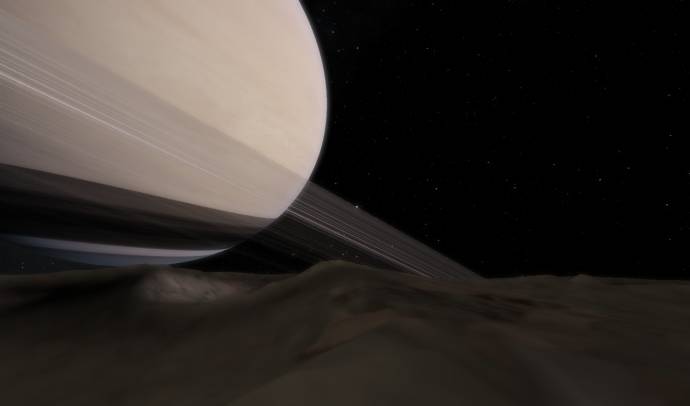
Our journey began with a trip to the rings of Saturn to collect a few kilograms of a neutronium shard which ended up there after drifting into the Sol system from deep space. Just a few kilograms can produce enough fuel to power the drive for centuries, but if we ever do run out, we'll have the entire universe at our fingertips to find more neutronium. After picking up the ore, the ship's refinery began to produce the fuel. While waiting for it to finish, we decided to take a short trip over to Alpha Centauri for some sightseeing.
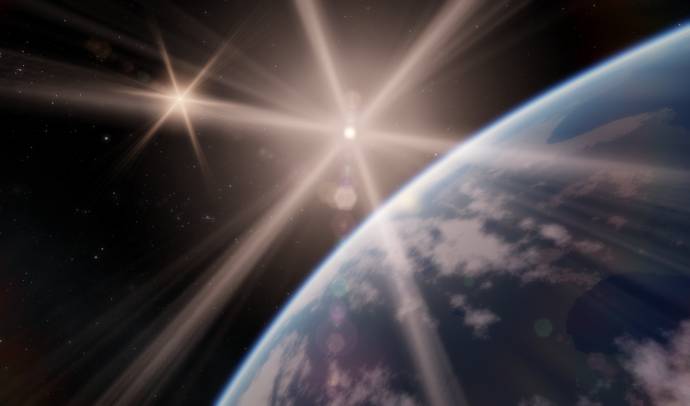
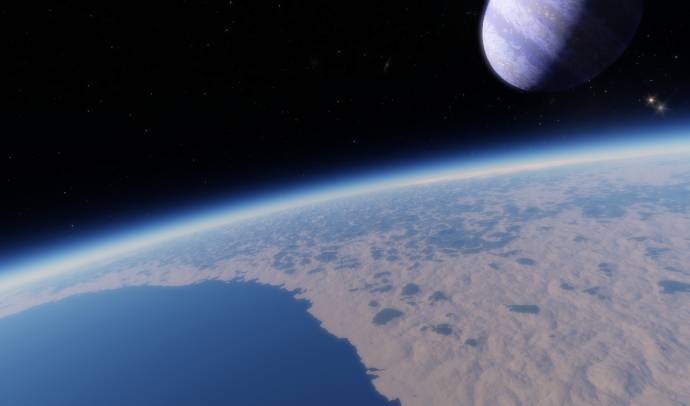
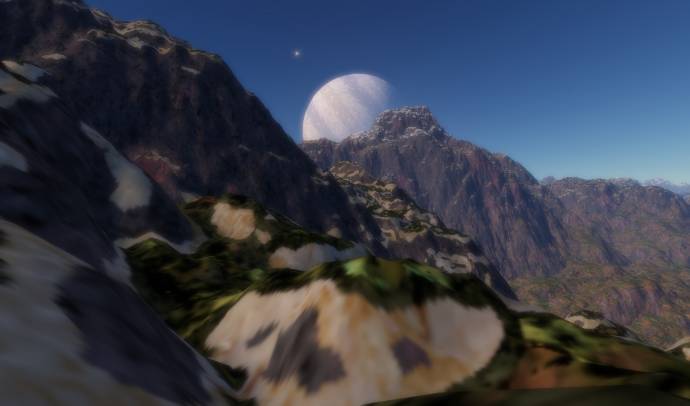

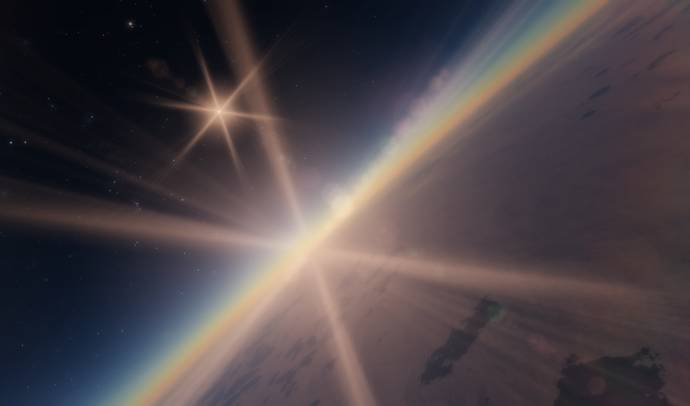
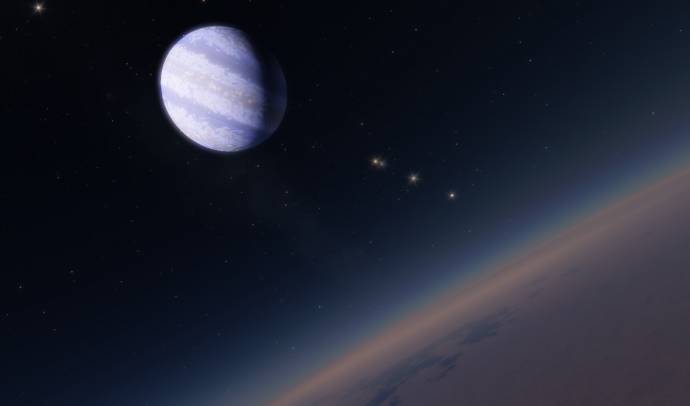
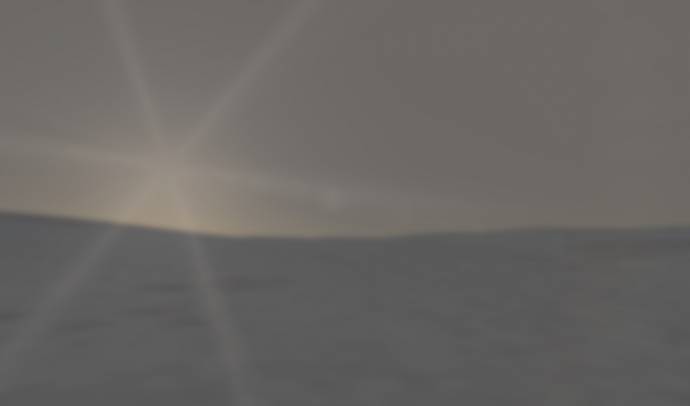
We spent most of our time in Alpha Centauri on Pandora. We even decided to venture into the massive cyclone dominating the planet's south pole. When the transwarp drive was ready, we decided to head to the Pleadies next.
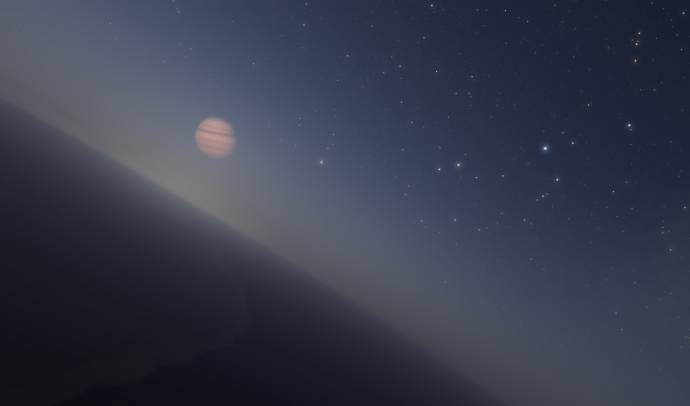
This was taken from a terrestrial moon with a dense atmosphere on the edge of the Pleadies cluster. In the image you can see the moon's planet as well as the famous star cluster. We had to take this from the planet's upper atmosphere. On the surface, the atmosphere is so thick you can barely see the sky. Next, we set course for the center of the galaxy - being careful not to jump into the exact center of course!

This is what the center of our galaxy looks like up close. It's like swimming through a cloud of magic.
Edited by Shadowstar - Thursday, 23.02.2012, 22:05 |
| |
| |
| Shadowstar | Date: Thursday, 23.02.2012, 22:45 | Message # 2 |
 Observer
Group: Users
 United States
United States
Messages: 10
Status: Offline
| 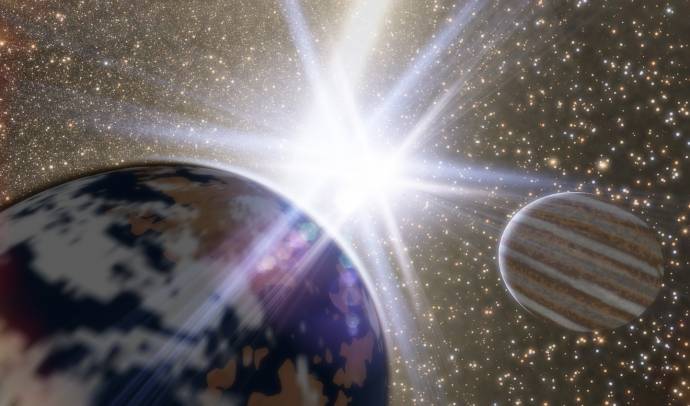
While exploring the center of the galaxy, we came across this cool terrestrial moon. The entire planet is bathed in light due to the sheer number of stars in this part of the galaxy.
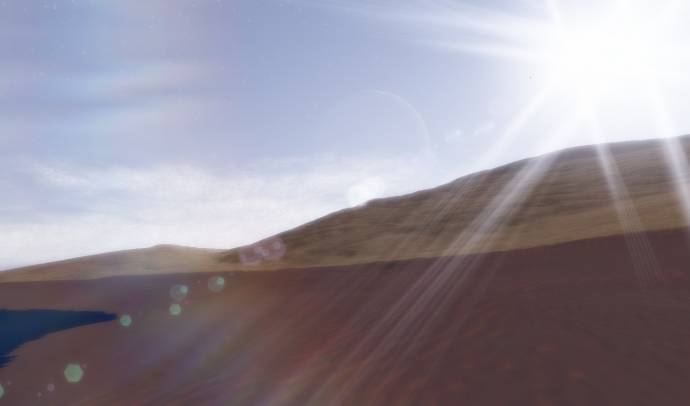
This is the view from the surface at sunset. It looks like mid-day even though the twin suns are setting.
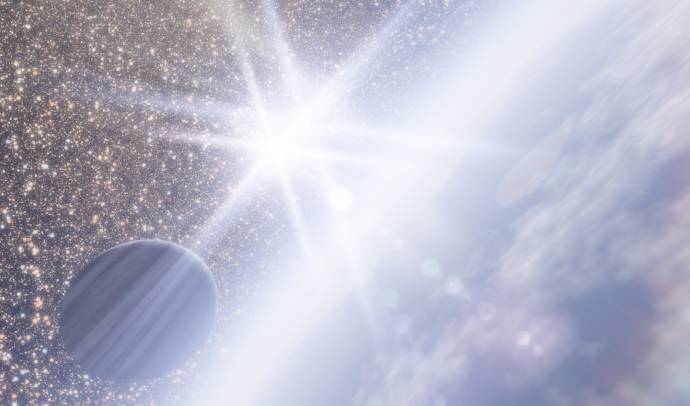
Here you can see the view from the upper atmosphere.
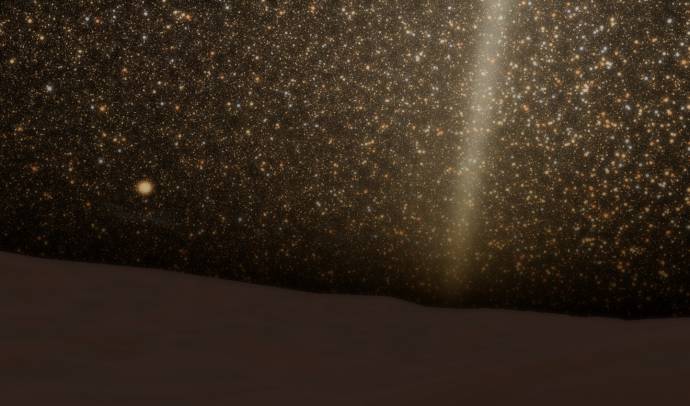
A view from the surface at night. It never gets very dark on any planet in the center of the galaxy.
|
| |
| |
|
| Shadowstar | Date: Friday, 24.02.2012, 19:49 | Message # 4 |
 Observer
Group: Users
 United States
United States
Messages: 10
Status: Offline
| After this, we decided to head out of the galaxy to collect data on inter-galactic space, an area we have little information about. On our way out, we came across a nebula orbiting just above the galactic plane. We found a planet there with some interesting mineral element readings and decided to take a sample.
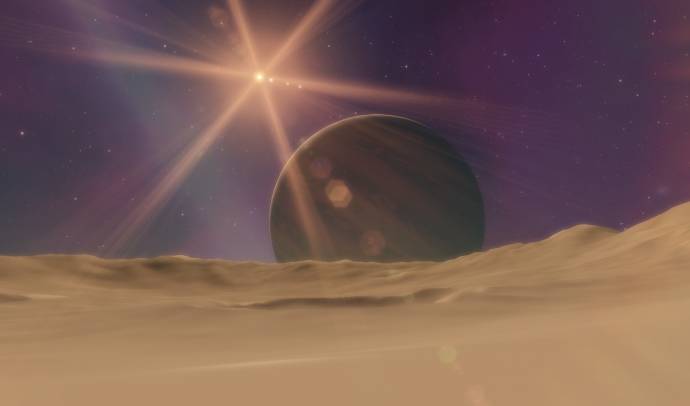
Then we headed a bit further out, spotted another interesting planet and took more samples:

After leaving this system, heading further into intergalactic space, we picked up some strange sensor readings. Unsure of what to make of them, we moved in for a closer look and discovered a strange anomaly. There was some kind of strange reaction between the anomaly and our transwarp drive and suddenly we found ourselves surrounded by complete blackness, not a single star or galaxy to be seen. We have to turn up the sensitivity of all the ship's sensory systems, at which point we saw this:
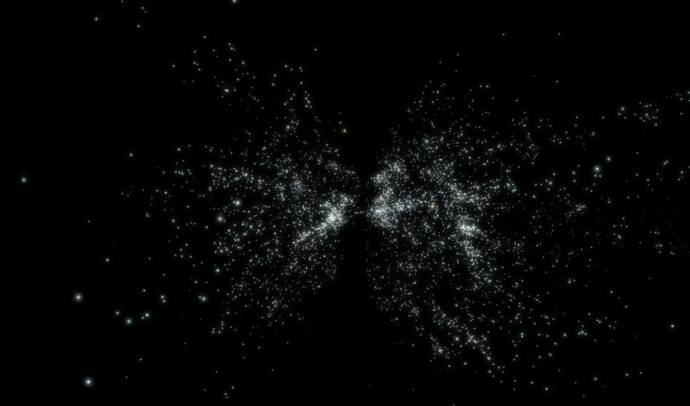
After further scanning we discovered that what we were seeing was not some kind of star cluster or formation, but rather the entire universe. We were over 440 Megaparsecs from the Milky Way, which we determined must be within one of the tiny points of light (which is an entire cluster of galaxies) around the center of this formation. The drive is still unstable, and so we are working on repairing it. I suppose if we wanted to test the limits of Transwarp Technology, our current situation will certainly allow us to do that. While out here we have decided to see if there are any anomalies or other phenomena of note - who knows what must exist at the edge of the universe? But so far, all we can see is absolute void.
|
| |
| |